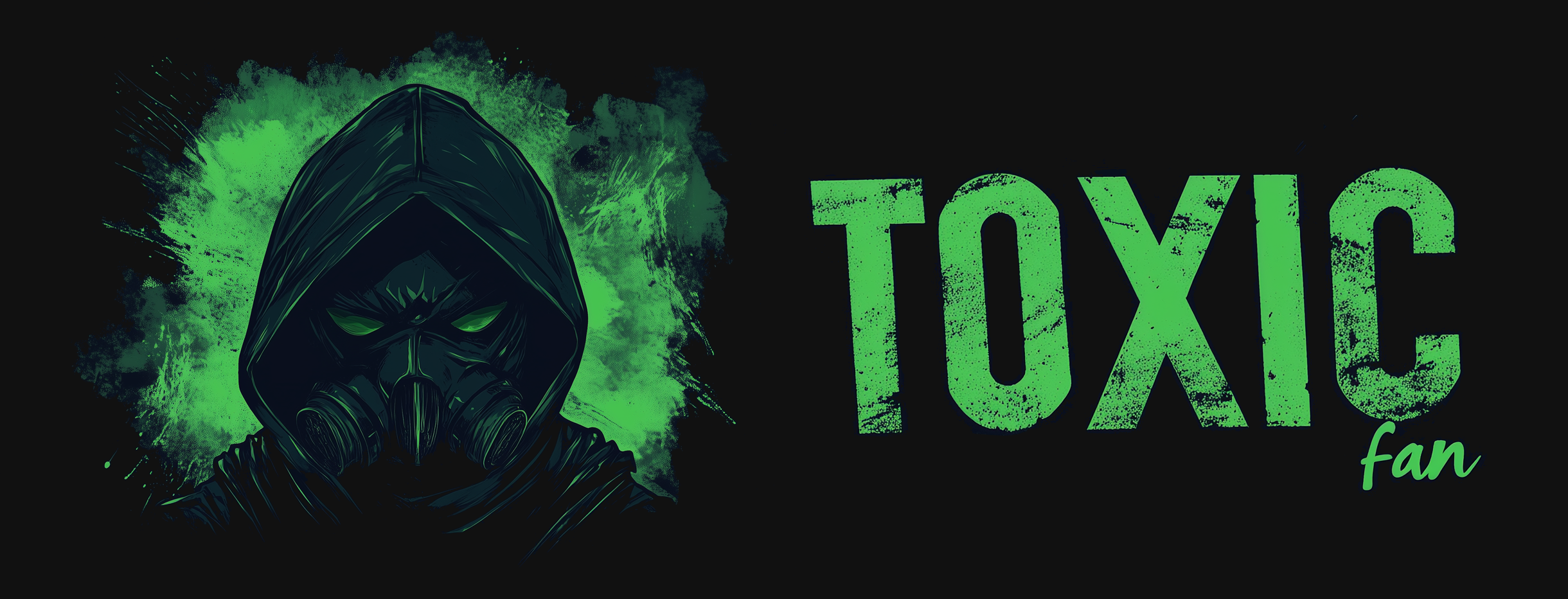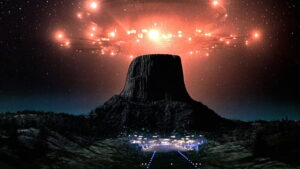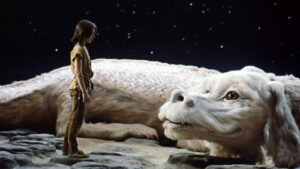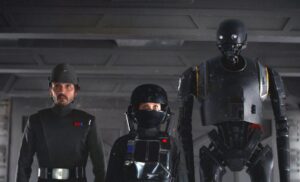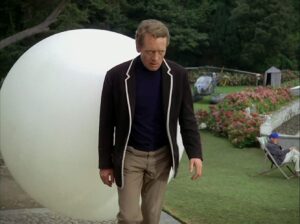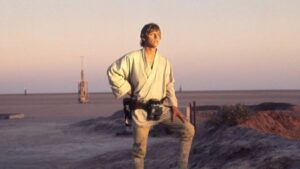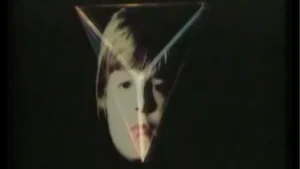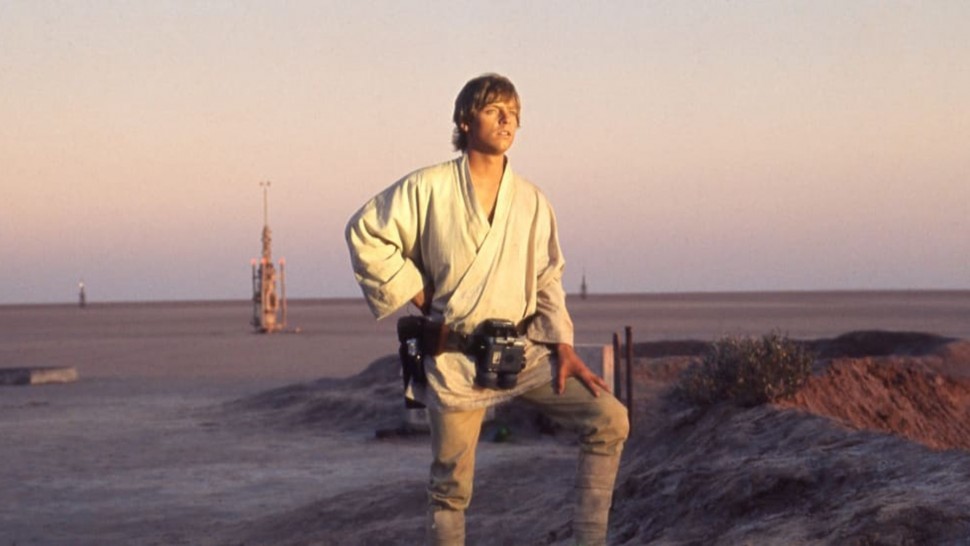
Star Wars Episode IV: A New Hope © 20TH CENTURY FOX ALL RIGHTS RESERVED
Ah, “Star Wars: A New Hope,” the film that launched a thousand action figures and convinced generations that “pew pew” is a valid form of communication. Let’s dive into this 1977 cinematic phenomenon that had the audacity to start with Episode IV, because who needs logical numbering when you have space wizards?
Picture this: a long time ago in a galaxy far, far away (because apparently the future happened in the past), we meet Luke Skywalker, a whiny farm boy with a Beatles haircut and dreams bigger than his tiny desert planet. Our hero’s journey begins when he stumbles upon a message from a princess hidden in a trashcan robot. How romantic. This kicks off an adventure so contrived it makes soap operas look like Shakespeare.
Enter Obi-Wan Kenobi, a hermit with a glowstick fetish who decides to train Luke in the ways of the Force. What’s the Force, you ask? It’s that mystical energy that binds the universe together, allows you to choke people from afar, and conveniently provides plot armor whenever the script demands it. It’s basically magic for people who think they’re too cool for magic.
Our dynamic duo then hires the galaxy’s most overconfident smuggler, Han Solo, and his walking carpet of a co-pilot, Chewbacca. Han’s ship, the Millennium Falcon, is a piece of junk so unreliable it makes your old college car look like a luxury vehicle. But don’t worry, it’ll make the Kessel Run in less than twelve parsecs, because who needs scientific accuracy when you have Harrison Ford’s charisma?
Han’s ship, the Millennium Falcon, is a piece of junk so unreliable it makes your old college car look like a luxury vehicle. But don’t worry, it’ll make the Kessel Run in less than twelve parsecs, because who needs scientific accuracy when you have Harrison Ford’s charisma?
The gang’s all here to rescue Princess Leia, a royal with a fashion sense stuck somewhere between cinnamon buns and bedsheets. Leia, it turns out, is the only one with more than two brain cells to rub together, which naturally means the men spend most of the movie ignoring her advice.
Let’s not forget our villain, Darth Vader, the asthmatic space tyrant with a cape that screams “I’m compensating for something.” He’s here to choke incompetent underlings and drop one-liners that’ll be quoted ad nauseam for the next half-century. Behind that mask is a tragic backstory we’ll milk for six more movies, because why tell one story when you can drag it out for four decades?
John Williams’ score is the film’s saving grace. It’s so good it almost makes you forget you’re watching a movie where the climax involves shooting a hole smaller than a womp rat. The main theme alone has enough brass to make a high school band director weep with joy.
Now, let’s talk about the Death Star, the Empire’s planet-destroying superweapon with a deliberate design flaw so obvious it makes you wonder if the architect was secretly working for the Rebels. Its destruction is brought about by the cinematic equivalent of a hole-in-one, because apparently the best way to beat a fascist regime is through stellar mini-golf skills.
“Star Wars: A New Hope” isn’t just a movie; it’s a cultural phenomenon that proved to Hollywood that merchandising is where the real money is. Why make a profit on ticket sales when you can sell plastic lightsabers to kids (and let’s face it, adults) for the next fifty years?
In the end, “A New Hope” is a classic tale of good versus evil, where good is a bunch of misfits and criminals, and evil is an organization with unlimited resources but apparently no budget for marksmanship training. It’s a film that dared to ask, “What if we took all of human mythology, put it in a blender, and then set it in space?” The result? A franchise so expansive it makes the actual galaxy seem small in comparison.
Love it or hate it, “Star Wars: A New Hope” changed the face of cinema forever. It taught us that with a little courage, a lot of luck, and a few well-placed proton torpedoes, anyone can take down a totalitarian regime. It’s a heartwarming message, really, as long as you don’t think too hard about the implications of a galactic government being toppled by a terrorist cell led by a teenage farm boy and a smuggler with a hero complex.
So here’s to “Star Wars: A New Hope,” the film that launched a thousand arguments about who shot first, convinced us all that we too could be Jedi (spoiler: we can’t), and proved once and for all that in space, nobody can hear you question the scientific accuracy. May the Force be with you, and may your midichlorian count be ever in your favor. Oh wait, wrong movie. But don’t worry, we’ll get there… unfortunately.
